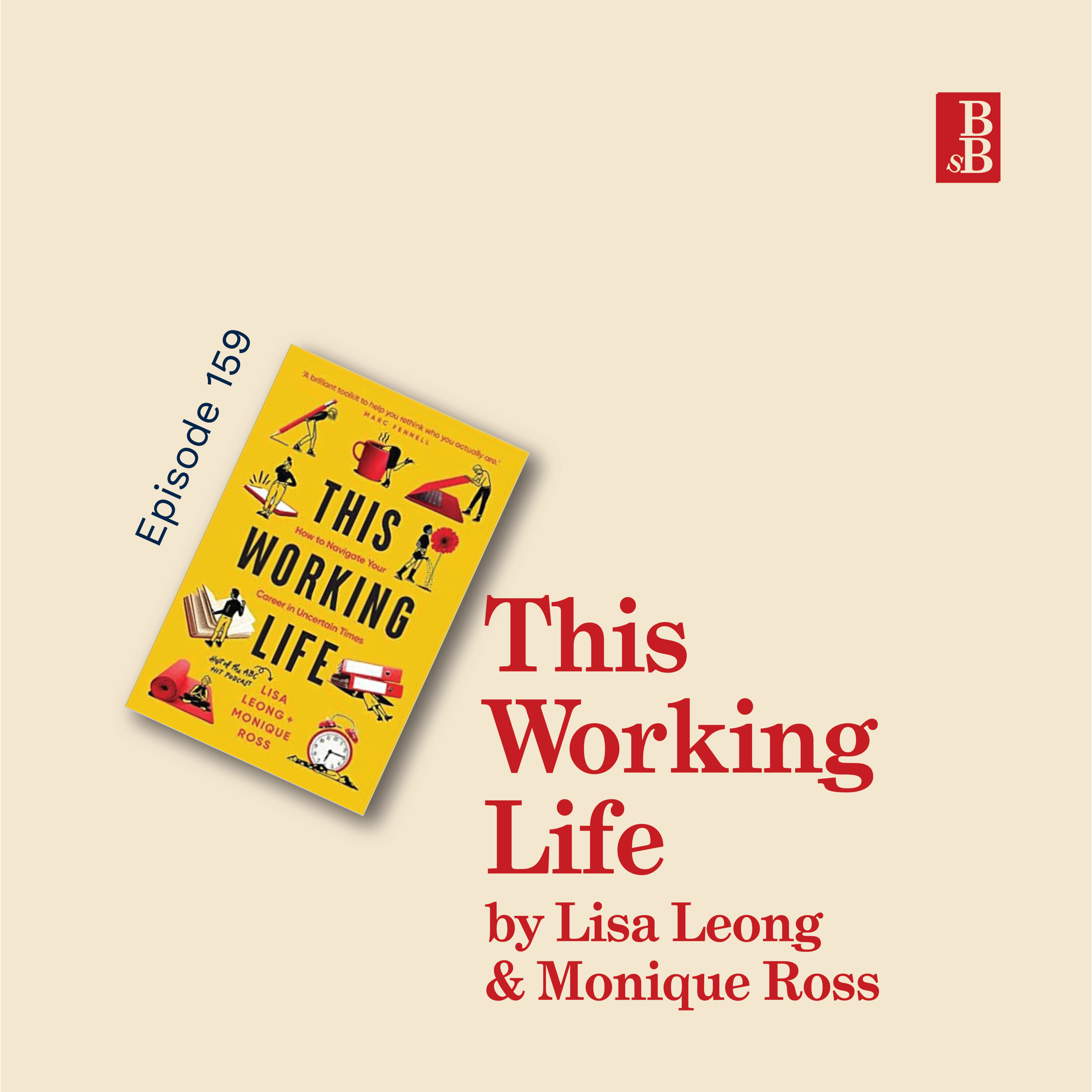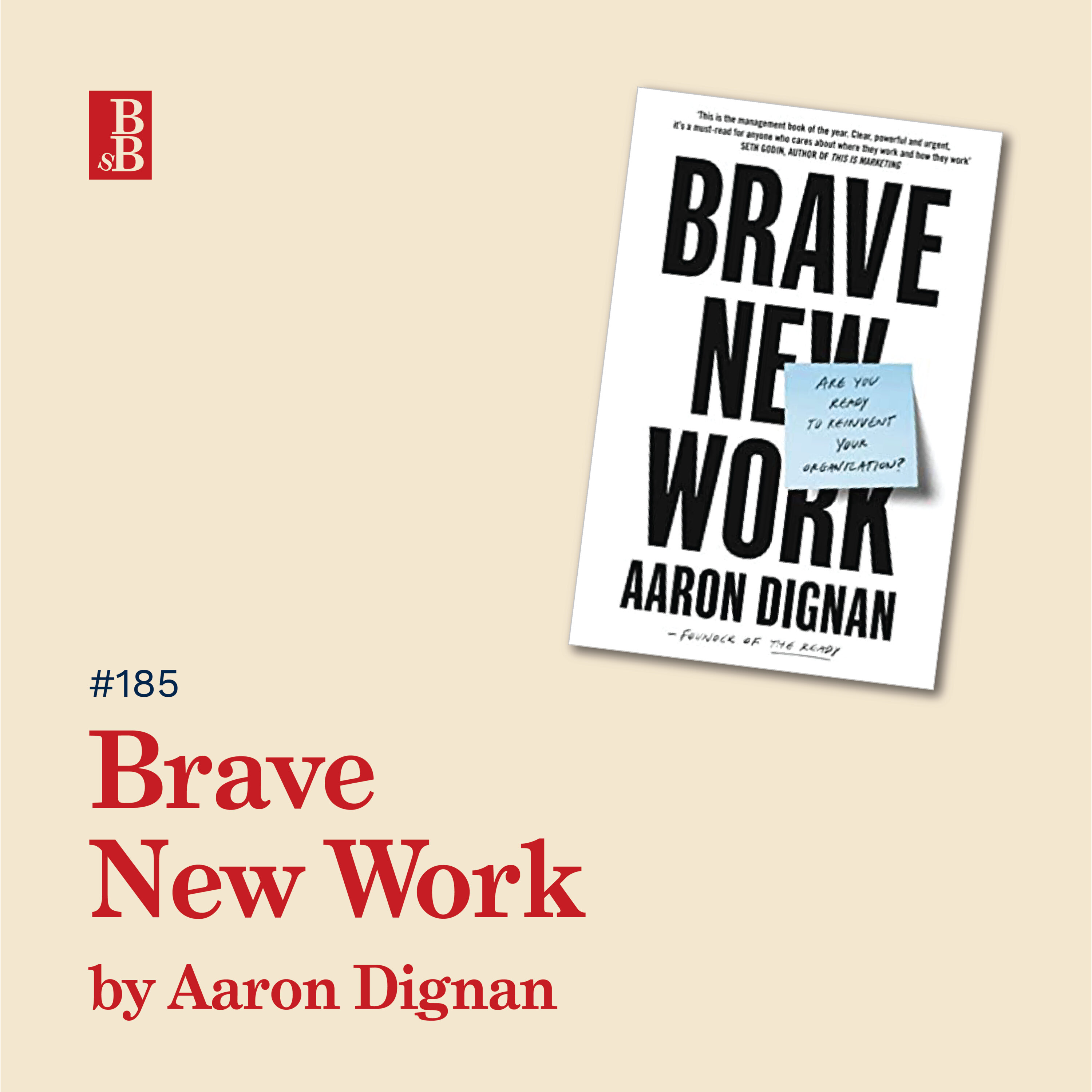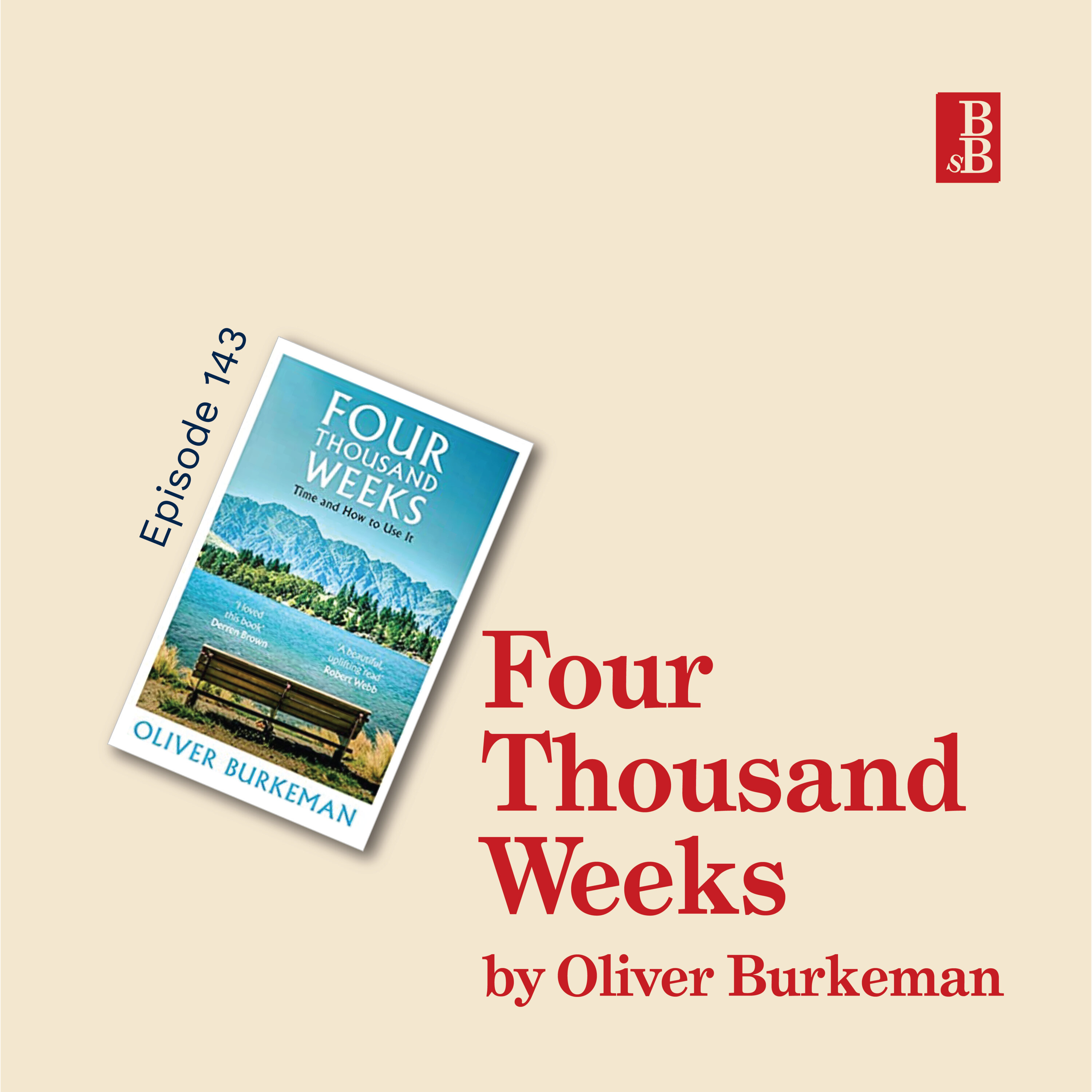Good to Great by Jim Collins: Why good is the enemy of great (and how to avoid it)
Sign up to the bookmark newsletter:
https://mailchi.mp/1119b1358a84/thebookmark
About the Author
Jim Collins is a student and teacher of what makes great companies tick, and a Socratic advisor to leaders in the business and social sectors.
Having invested more than a quarter century in rigorous research, he has authored or coauthored six books that have sold in total more than 10 million copies worldwide.
Driven by a relentless curiosity, Jim began his research and teaching career on the faculty at the Stanford Graduate School of Business, where he received the Distinguished Teaching Award in 1992. In 1995, he founded a management laboratory in Boulder, Colorado, where he conducts research and engages with CEOs and senior-leadership teams.
In addition to his work in the business sector, Jim has a passion for learning and teaching in the social sectors, including education, healthcare, government, faith-based organizations, social ventures, and cause-driven nonprofits. In 2012 and 2013, he had the honor to serve a two-year
appointment as the Class of 1951 Chair for the Study of Leadership at the United States Military Academy at West Point.
Jim has been an avid rock climber for more than forty years and has completed single-day ascents of El Capitan and Half Dome in Yosemite Valley.
Source: https://www.jimcollins.com/about.html
Click here to buy on The Book Depository
https://www.bookdepository.com/Good-To-Great/9780712676090/?a_aid=stephsbookshelf
About the Book
This book addresses a single question: can a good company become a great company, and if so, how? Based on a five-year research project comparing companies that made the leap to those that did not, Good to Great shows that greatness is not primarily a function of circumstance but largely a
matter of conscious choice, and discipline.
This book discusses concepts like Level 5 Leadership; First Who, Then What (first get the right people on the bus, then figure out where to drive it); the
Hedgehog Concept, and the Flywheel.
Source: https://www.jimcollins.com/books.html
Links
Find out more about the research process that Jim and his team use here:
https://www.jimcollins.com/books/research.html#articletop
Read an article with some of the key concepts of Good to Great here:
https://www.jimcollins.com/article_topics/articles/good-to-great.html#articletop
BIG IDEA 1 (5:21) – Good is the enemy of great.
Good and great are not two ends of the same spectrum. What stops most companies or people from being great is because they are satisfied with being good. Great requires you to operate in a different mindset and discipline.
Getting from good to great quickly as a result of one initiative or big push is a myth. The transition is a combination of many different things over time. In the book it talks about the average time a company takes to go from good to great is over five years.
Build up and break through are two phases of getting from good to great.
BIG IDEA 2 (7:32) – Level five leadership
Not just any leader can lead the company from good to great and maintain that greatness. Level five leaders take a longer term view driven by ambition for the company, not for themselves. They have a balance between humility and professional will. They always want to produce sustained results beyond their tenure.
Level four leaders are very effective but lack longer term view and the ability to balance humility with ambition.
Without the right mindset and behaviours it is impossible to build a successful company.
BIG IDEA 3 (10:37) – A culture of discipline.
Like a flywheel, discipline will create the momentum within the organisation to get started. It may be a bit slow at the start because no one’s had the kind of culture before so it feels hard and clunky, but once going the flywheel creates its own momentum and power to push things forward with minimal effort.
The book said a company should limit its growth based on its ability to attract the right people. If you have the right people who are disciplined, have the right culture and are the right fit, they can have the freedom and responsibility within a framework to do what they need to do.
The hedgehog concept is finding the one thing that you are the best in and sticking to that. This is a way of creating the framework to operate in.
Music By: Ambitious Proletariat – Instrumental Version Song by Ian Locke
Let’s Connect
LinkedIn: www.linkedin.com/in/steph-clarke
Instagram: @stephsbizbookshelf
Enjoying the show?
Please hit subscribe so you don’t miss an episode and leave a review on iTunes to help others find us.
See omnystudio.com/listener for privacy information.
Hey, have you subscribed to the bookmark newsletter? If you liked this, you might like my twice-monthly email with book reviews and ideas of what you should be reading, and listening to, next. Click here to subscribe.

















